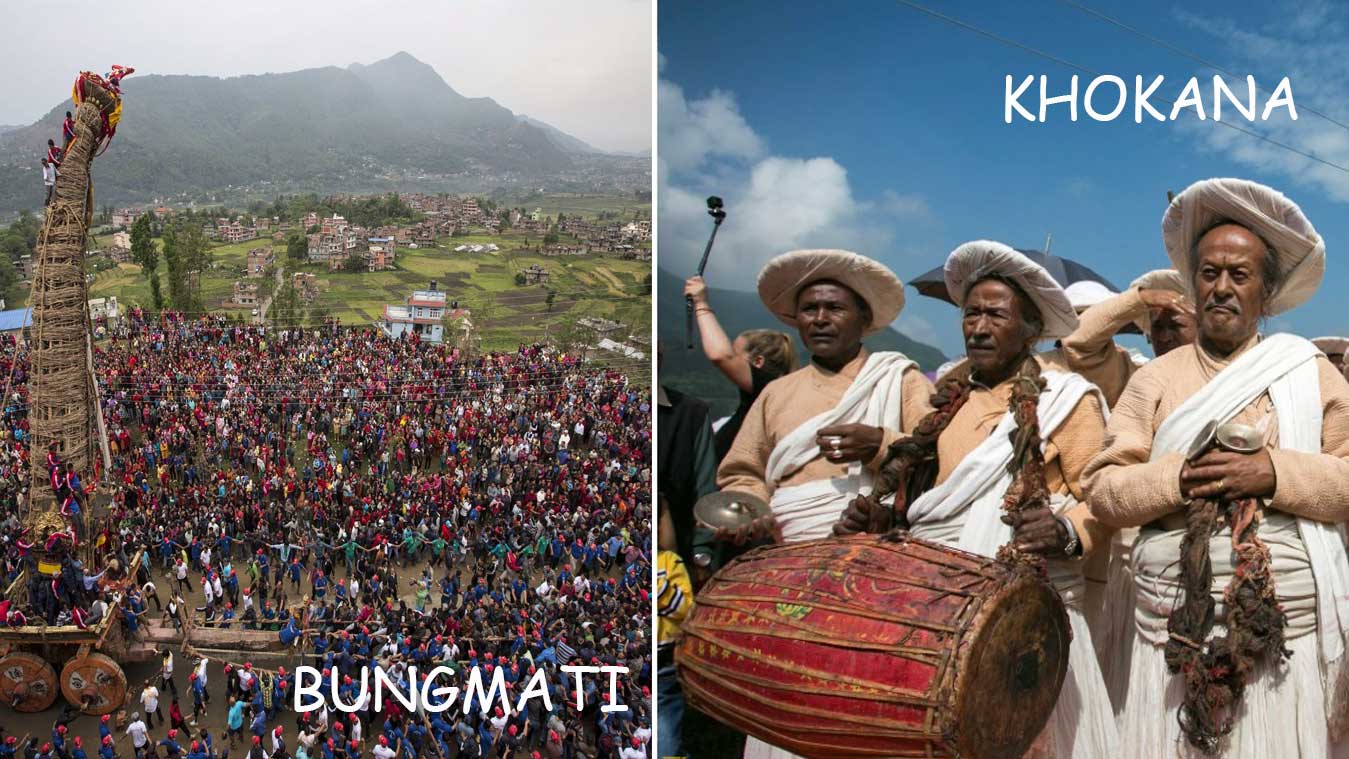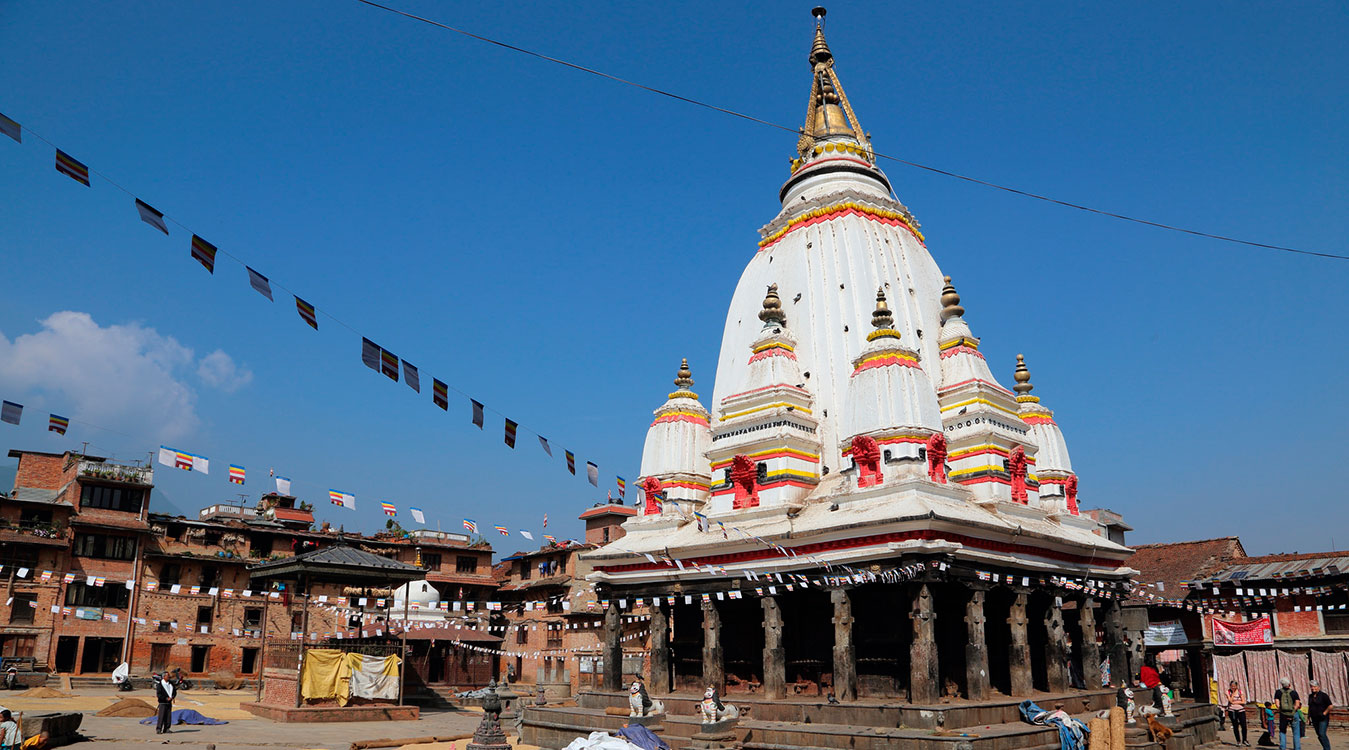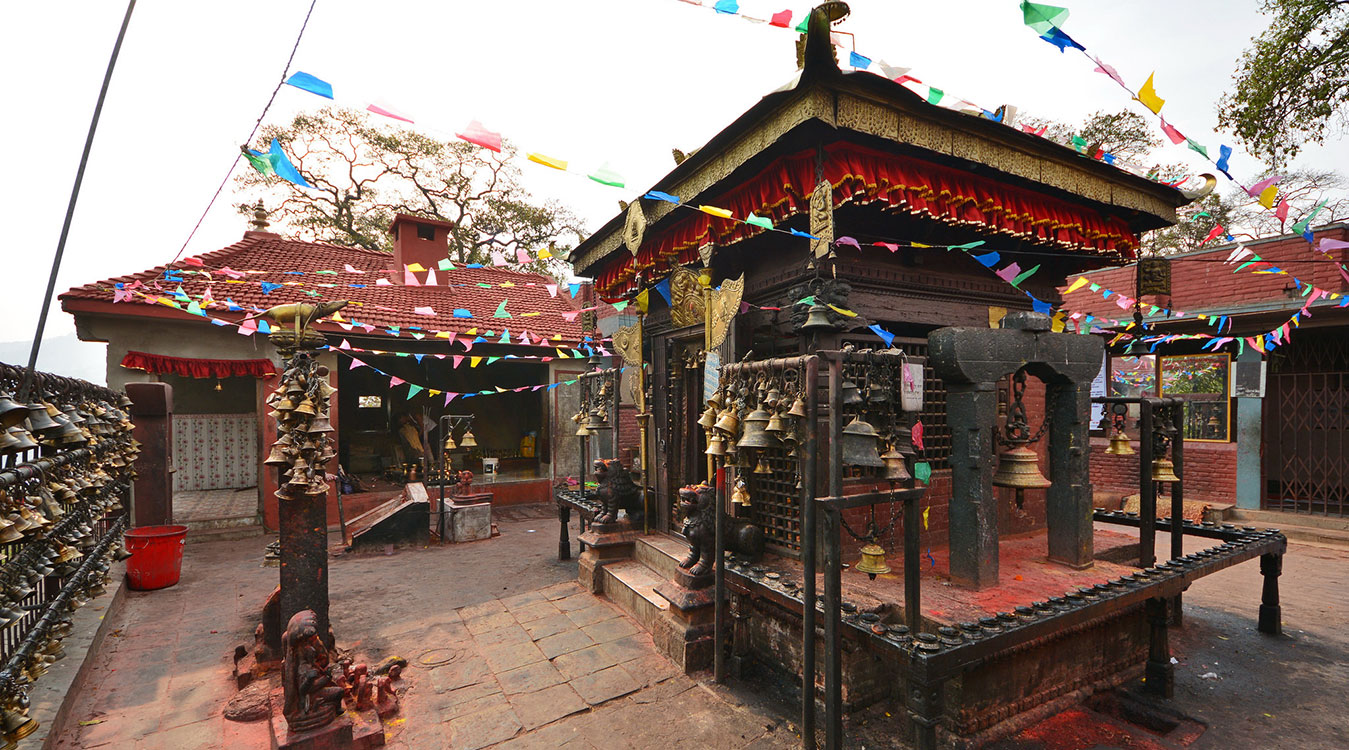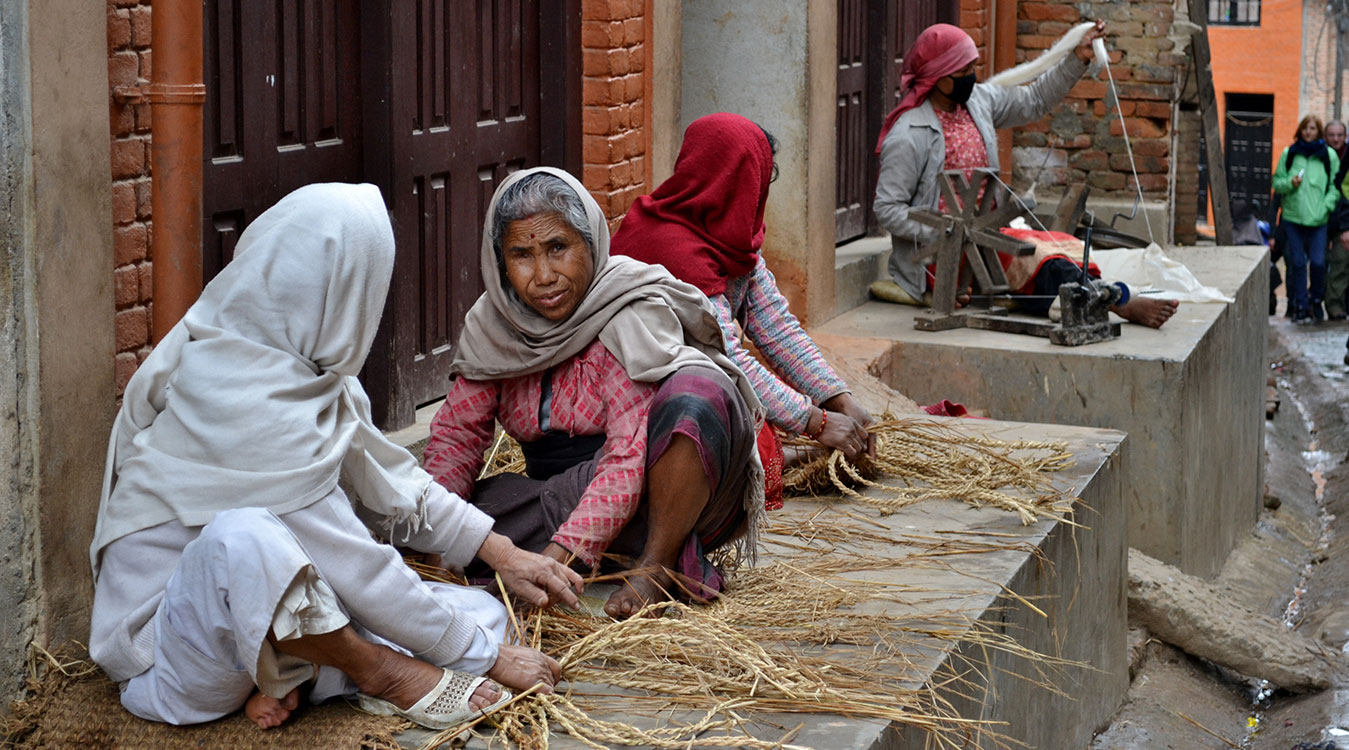
Every year thousands of travel enthusiasts visit Nepal, the outlandish land embracing an exquisite blend of irresistible natural beauty and classic cultural heritages. A majority of them prefer a long trek across picturesque landscapes positioned in the lap of the formidable Himalayas.
Few visitors explore Terai flatlands to witness sublime wildlife inhabiting native woodlands. In addition, holidaymakers tend to include sight-seeing tours around Kathmandu Valley, which include a visit to selective landmark sites (Max. 4 to 5).
Wonderful, to catch a glimpse of ancient achievements in terms of fine arts, architecture, and traditions; a greater number of these sight-seeing tours are unable to deliver a true essence of authentic Newari culture and customs.
The formidable challenge anyone could face in their life is apparently, to follow in the footsteps of our ancestors and practice partly modern but mostly medieval lifestyle. Nevertheless, Bungmati and Khokana are the paradigm villages that extend a detailed insight into vintage Newari culture and lifestyle in the present-day world.
It appears as the time has stopped its pace in these two Newari villages’ ages ago. Inhabitants of these villages practice traditional lifestyles and take pride in their inseparable legacy inherited from their predecessors.
The ways to perceive traditional life and the lifestyle by the natives surely amaze everyone exploring these villages. Both of these villages are situated very close to the capital city making them easily accessible destinations for visitors who desire a lot more in a very less amount of time.

Situated in Lalitpur District in the Bagmati Zone of central Nepal; the village of Bungamati is positioned on marginally raised land dominating the river Bagmati.
Bungamati Village was previously recognized by the name, Amarapur, and Bunga: in Nepal Bhasa (Newari dialect). Official archives testify that the village was established somewhere near the 16th century.
However, the first inscription of Licchavi King Amshuverma discovered in Bungamati, dating back to the 7th century describes that Bungamati was already a celebrated village for livestock, fishing, and agriculture under the name ‘Bugayumi’.
Bungamati is a traditional Newari village embodying a row of brick houses and taper streets with flagstones. Moreover, the center of Bungamati features a Shikara-style temple and a half-home of the esteemed God of Rain Rato Machhindranath, i.e. encircled by vintage houses.
The annual festival during the procession of Rato Machhindranath to his other half home of Patan is an important date in the festive calendar of locals that is celebrated with devotion and fanfare at the end of April. Besides, Bungamati is one of the two places that were electrified even before Kathmandu city.

Bungamati Village is privileged with extraordinarily rich culture extending over the fields of art, architecture, and linguistic. The village is also renowned for skilled woodcarvers who have been practicing their skill, which has been passed down for generations.
While exploring this fascinating village, one can discover the artworks carved in the walls, roof, doorways, and windows of Rato Machhindranath Temple along with ongoing works of woodcarving and the rural lifestyle that displays the medieval period of time in Nepal.
The village accommodates other religious sites such as, Manakamana temple, Pratham Pujya Mahavihar, and Lokeshwar shrine, which contains an image of Bhairav's massive head in full, demoniac fury.
Furthermore, the temple of Karyabinayek nearby Bungamati complements religious importance to this historic site. Living Goddess Kumari is known to exist only in three cities of Kathmandu Valley. Despite that fact, Bungmati also has its own Kumari.
Bungamati incorporates a wide range of attractions i.e. man-made, Natural, Cultural, festivals, events, etc. the picturesque setting in which the village is located (hilltop adorned with lovely forest) can be a major hangout for those seeking to take a break from time-poor life.
Also, there are two ponds; one at entry and the other at an exit point of the village. It is assumed to extend best wishes for a safe journey and welcome back home after a long journey. Bungamti also renders hiking trails and an excellent place to ride for adventure cyclists.
Expect some newly registered homestay; there are no accommodation facilities in this village due to the natives' will to preserve their ethnic culture. A museum is also located in the Bungmati maintained by local people.

Khokana is also located in Lalitpur District in the Bagmati Zone of central Nepal. It is based just north of Bungamati at a 20-30 minutes walking distance. An exemplary medieval town, historical archives indicate that Bungamati and Khokana were indeed established at a similar time period.
The name Khokana is derived from the Newari word ‘Khona’ that translates as ‘shouting loudly in sadness’. Renowned for producing Mustard oil in a long-established way, Khokana has kept hold of its ethnic culture and traditions.
Khokana is an example of a well-planned settlement established during the medieval time period in Nepal as it possesses a proper drainage system running throughout the village.
Since 1996 A.D., Khokana is listed in the tentative list of World Heritage site of UNESCO that describes this village as,” Khokana is a unique village which can be taken as a model of a medieval settlement pattern with a system of drainage and chowks. It houses chaityas and a Mother Goddess temple. The mustard-oil seed industry has become the living heritage of the village”.
Despite being a small village, Khokana displays wide main streets that were constructed after the 1934 earthquake. Chaityas (a place to worship) and a small temple can be found at every crossroad in this traditional village.
One of the most recognizable landmarks of Khokana is the three-storied Temple situated at its center, which dominates the skyline of the village.
Devoted to the mother goddess of nature, Rudrayani; the colossal temple can virtually be observed from anywhere in the area. Shikali temple and De Pukhu (holy pond) are other highlights.
While exploring Khokana, visitors can smell the lovely aroma of roasted mustard as well as witness women sitting outside spinning wool-wheel (charkha) to weave the wool, men crushing Mustard seeds, and other daily activities.
Also, celebrated for its unique and eco-friendly method of extracting mustard oil with the application of a heavy wooden beam to crush seeds, Khokana really seems to embrace nature.
Khokana is also widely celebrated for its fine arts in the form of remarkable wood carvings performed by skilled craftsmen who obtained craftsmanship skills as a heritage from their forefathers.

During the months of August, October, and November, Khokana is at its best with the festive season in the air (Shikali Jatra, Kartik Jatra, and Gaijatra). The festival flaunts Thimi dance and Devi dance, unique and traditional Newari dances.
Here, you can also taste authentic Newari food such as Yomari (a sweet steamed dumpling with molasses and sesame fillings), Woh (Newari pancake), and Ayla (alcoholic drink). You’ll also have the chance to hear traditional music and witness the artistic display of wood carvings.
Furthermore, after Gaijatra, you’ll also get a window of opportunity to observe a unique custom known as the Deopokhari festival, otherwise referred to as the Khokana festival where a baby female goat is thrown into De Pukhu (holy pond). Then, a group of people from nine divisions of the village make a jump into the very pond.
The female goat is tortured to death. Although highly criticized by animal right activist, the ethnic custom is a way to please the deities for the well-being of the village. From our side, we neither support nor encourage animal killing/sacrifice.
Talking about interesting facts, the village is not allowed to raise chickens because of the main temple. It is believed that the goddess does tolerate chickens or even eggs and these are forbidden in the temple. Legend has it, the chickens or its product make goddess angry thus people acquire curse instead of blessings.
Additionally, garlic farming is also forbidden within the village. Besides Bungamati, Khokana is one of the two places that were electrified even before Kathmandu city. On top of that, Dashain, the major Nepalese festival is not celebrated here. It’s not because of a religious rift between people.
Actually, residents of Khokana celebrate their ethnic festival of Shikali Jatra during Dashain in October. So, instead of celebrating two festivals; natives choose to celebrate their traditional festival.
These two time-honored villages are living museum which possesses a phenomenal history and showcases an original Newari culture that has been conserved in every house within these villages since the medieval era. The culture and traditions function as an integral part of the life of locals from generations.
Considered as the only places in Nepal exhibiting a distinct fusion of traditional agriculture and modernization; Khokana and Bungamati bear a great potential for agro-tourism!! If you are in Kathmandu, then a visit to these “Classic Newari Bastis” is a must-do activity!! Cheers!!
Leave Your Comment